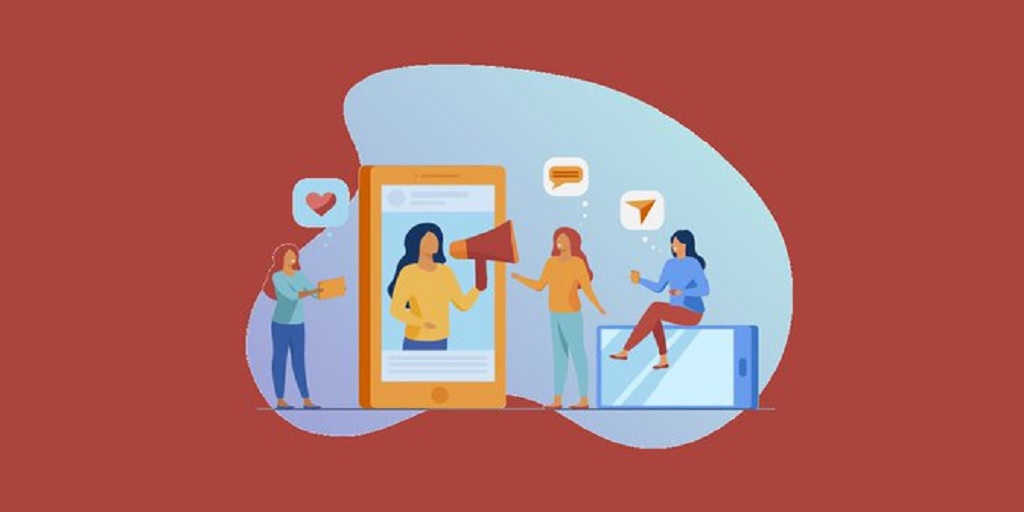Over the last decade, social media expanded at unprecedented speed. It encompasses the better half world’s population, building connections without boundaries. Simultaneously, social networks added new features allowing users to monetize their accounts.
Successful influencers gather millions of people to their profiles – they use social media as a primary source of income. Meanwhile, businesses promote their brands over social networks. You can also use Facebook or Twitter accounts to log in to different apps. This multi-functionality makes social media accounts particularly important to our daily lives.
Because social media often stores personal data and gives access to various other services, it’s essential to take care of its security. Below you will find 5 tips to improve social media account security.
Five secrets for improving Social Media Security
1. Password Management
Passwords are essential to online account security. Combined with multi-factor authentication, they form a solid line of defense against theft. However, many Internet users need to learn healthy password management practices. Here’s where to start.
It’s crucial to avoid using easy-to-guess passwords, such as “password”, “qwerty”, “abc123”, and similar. Sadly, these are among the top 10 most popular passwords in 2022. Cybercriminals know the most popular passwords by heart and will try them first.
No less important is having a unique password for each service. Widely popular Credential Stuffing attacks utilize leaked username-password combinations to target various accounts. If there’s a match, they can steal the account.
Cybersecurity experts recommend password managers to buff up social media account security. They store passwords in a secure encrypted vault instead of you remembering them by heart or writing them down on paper. You can easily manage dozens of long, unique passwords with symbols and numbers. Such passwords are impossible to guess and extraordinarily hard to brute-force.
2. Multi-Factor Authentication
Multi-factor authentication (MFA) is one of the best social media account protection tools. Strong passwords are excellent, but professional cyber criminals sometimes find ways around them.
MFA guarantees your account remains safe even if somebody hacks your password. After receiving a login attempt from an unknown device, MFA will ask for additional verification. For example, it will send a verification code to your chosen email. You can also verify it’s you by phone. The most secure option is using a physical security key. Unless hackers somehow steal it, they will not be able to access the account.
Some social media offer the full scope of MFA options. Meanwhile, some limit choices to 2FA (two-factor authentication), allowing you to pick only one secondary option. One way or another, enabling any of these will significantly increase your online safety.
3. Communicate via Secure Cloud
Many people use common messaging apps for all communication without thinking twice. However, at least for personally sensitive information, it’s not a good idea. Firstly, most social networks gather user data. For example, Facebook’s messenger by default is not end-to-end encrypted. Facebook’s employees can (and sometimes do) monitor your conversations. Moreover, the blue network has exposed sensitive user information to its employees in the past.
It would be best if you don’t take any chances regarding the most important and sensitive personal information. An effective solution is encrypted Cloud storage services, where you can upload files in a secure format that third parties cannot access. Moreover, you can share this information via their channels, which are safer than what most social networks offer.
4. Deactivate Unused Accounts
After quitting any social media, do not leave the account in the open. It’s best to delete them permanently, but deactivation is another option if you plan on coming back. Remember – Facebook, Twitter, and Gmail accounts can be used to log in to various other services. If you decide to stop using a specific Gmail account, hackers can still use it to log in to different services. Moreover, since you’re not using it anymore, you will not be notified if it was hacked or requires immediate attention.
5. Update Social Media Apps
Software updates often involve security patches and should be applied ASAP. If a company notices a vulnerability in its systems, they immediately issue a hotfix to prevent intrusion. If you fail to update it on time, hackers can exploit your social media app and steal the account in the worst-case scenario. It’s best to make a habit out of updating apps on the spot.
Conclusion
Due to their multi-functionality, social media accounts became a valuable asset of significant value. That’s why they attract cybercriminal attention. Luckily, social networks provide efficient protection methods; you just have to know where to look. Discussed cybersecurity tips will repel most cybercriminals that often look for unprotected accounts.



